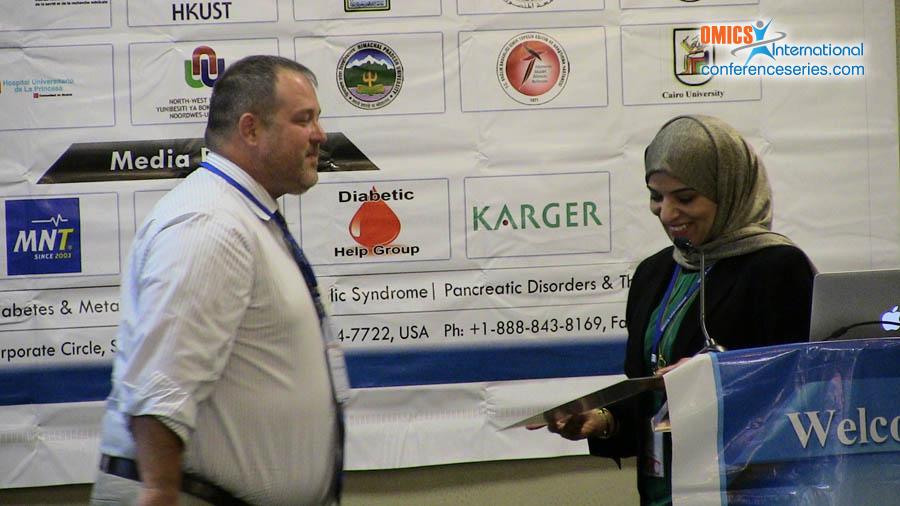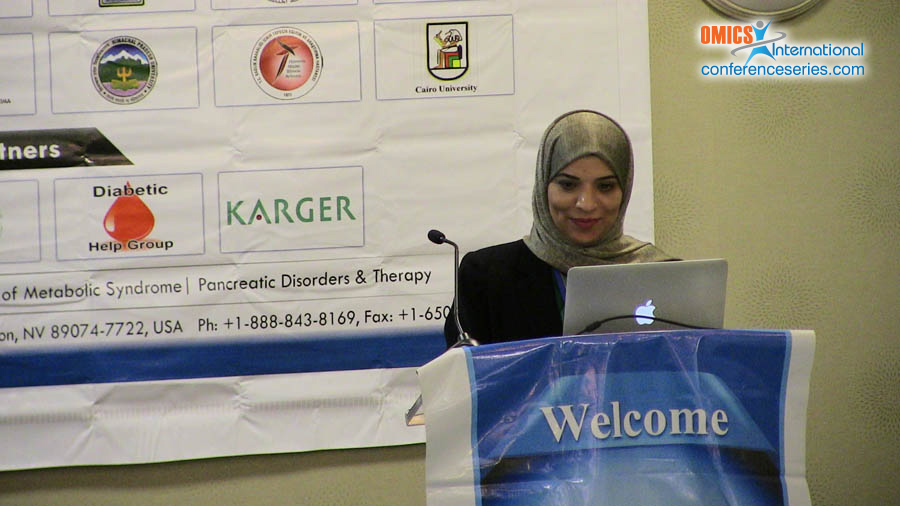
Habiba AlSafar
Khalifa University, UAE
Title: The Prevalence of Type 2 Diabetes Mellitus in the United Arab Emirates: Justification for the Establishment of the Emirates Family Registry
Biography
Biography: Habiba AlSafar
Abstract
This project was conceived with the aim of studying the prevalence of Type 2 Diabetes (T2D) in a population of United Arab Emirates (UAE) residents through the creation of the “Emirates Family Registry” (EFR). Major hospitals and diabetes centres in the UAE were contacted to establish a bio-banking facility referred to as the EFR. Data of T2D patients were collected also clinical specimens were collected for biochemical profiling. In the first 24 months of the operation the EFR recruited 23,064 adult volunteers from three major hospitals and nine primary care centres throughout the UAE. Within this cohort, 88% were patients classified as T2D patients from the medical records. The cohort was divided into age categories with 59% of T2D patients aged between 40 and 59 years old. UAE nationals comprised 30% of the database of which 21% were diagnosed with T2D. However the percentage of adults with T2D was higher in other ethnic groups effecting almost 33% of the Indians who live in the UAE. A total of 741 UAE Nationals consented to donate blood; in phase I of the study; for biochemical testing, of which 23% were diagnosed with T2D, 30% with pre T2D and 47% were healthy following the completion of testing. This study is consistent with the previously reported high prevalence of T2D in the UAE. Furthermore, analyses of the factors that predispose to the disease have revealed that obesity, a large waist circumference, consanguineous marriage, family history, lack of physical activity, unhealthy dietary practices, high total cholesterol, and high triglycerides levels were more prevalent in T2D patients. The classification of these features will contribute to defining more effective and specific plans to screen for and manage diabetes and its complication in the UAE and other developing countries throughout the Middle East region as well as other developing countries.




